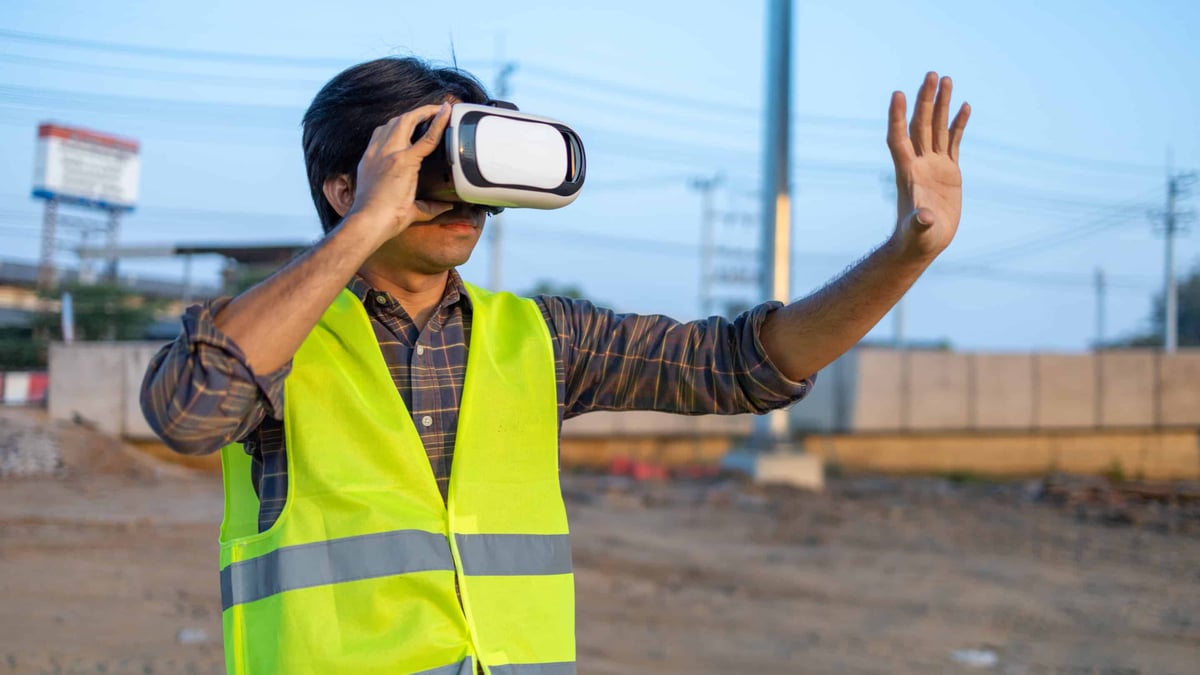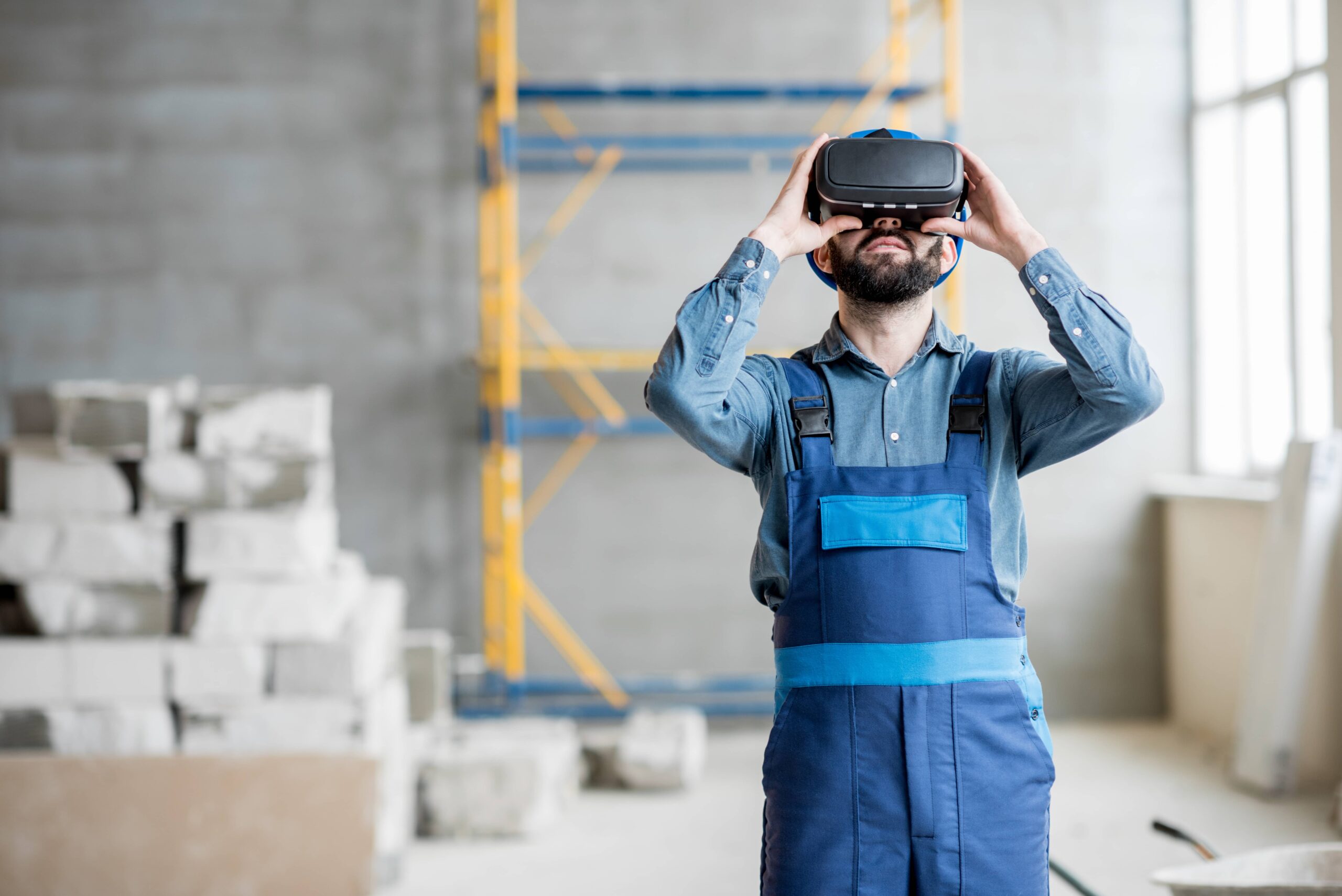

Upskilling
Upskilling is the term used to describe the need to improve existing skills in order to adapt to changes in a business or field. Upskilling enables you to specialize and improve your qualifications, so as to stay in a field of activity you already know.
Upskilling is used in particular to overcome the labor shortage that companies are facing.
Among other things, upskilling is used to acquire skills when recruitment proves too complex, but also to preserve talent within a company.
Reskilling
A parallel term is reskilling, which implies the acquisition of new skills, often as part of a retraining program. This is known as requalification. The recruiter relies on cross-disciplinary skills that can be applied to the learning of a new profession.
Reskilling, on the other hand, relies more on interpersonal skills and motivation, which are harder to acquire than technical skills.
Upskilling and reskilling are reshaping the world of training and recruitment. Technology is having a profound impact on many professions, forcing companies to adapt to these changes. These new practices also enable them to better recruit and retain their talents, which is not insignificant when it comes to countering the talent shortage they face.


The role of Virtual Reality in upskilling and reskilling
Increasingly present in the world of training, is virtual reality positioning itself as a relevant tool to facilitate upskilling and reskilling?
The creation of immersive, interactive virtual environments offers a practical, realistic learning experience. These experiences enable individuals to rapidly acquire new skills without risk or material constraints. They are therefore bound to find a significant application in sectors experiencing labor shortages, offering an effective solution to short-term recruitment needs.
What’s in it for temporary employment agencies?
Temping agencies are constantly on the lookout for qualified workers ready to work immediately to meet their clients’ urgent needs. The pressure is on to supply candidates with the necessary skills who will adapt quickly to a variety of working environments.

Virtual reality offers an easy-to-implement solution to help agencies quickly assess candidates’ skills. By immersing individuals in realistic simulations of professional scenarios, agencies can verify their skills, reflexes and adaptability. This ensures that only the most qualified candidates are recommended to their clients.
VR simulators can reproduce a wide range of professional situations, from construction to healthcare and industry.
For example, in the construction sector, candidates can be confronted with scenarios involving working at heights, using specialized tools and dealing with emergency situations. This in-depth assessment enables temping agencies to ensure that the workers they offer their clients are not only qualified on paper, but also fit for the job from day one.
Meeting the needs of companies facing labor shortages
Companies faced with labor shortages find themselves in the delicate position of not only having to recruit new employees, but also to train and qualify them rapidly.
The evolution of some of their businesses also requires them to upgrade the skills of their existing employees.
These companies therefore need reliable, easy-to-implement solutions to meet these challenges.
By its very nature, virtual reality offers a comprehensive solution to these challenges. Virtual environments enable companies to effectively train their employees in the specific skills required for their professions, offering them an engaging and interactive learning experience.
VR can also be used to attract new talent. The adoption of this technology demonstrates a company’s commitment to innovation and to offering its employees the best possible tools.

In industry, for example, employees can be trained to operate specialized and complex machines, or to manage production lines, thanks to realistic VR simulations.
In conclusion, virtual reality is emerging as an indispensable tool for meeting short-term recruitment needs. It can be used by both temporary employment agencies and companies facing labor shortages. Facilitating upskilling, reskilling and skills assessment in an efficient and reliable way, VR opens up new possibilities for preparing the workforce for future labor market challenges.
Investing in these devices not only solves their immediate recruitment needs, but also strengthens their long-term competitiveness by developing an agile, skilled workforce.


